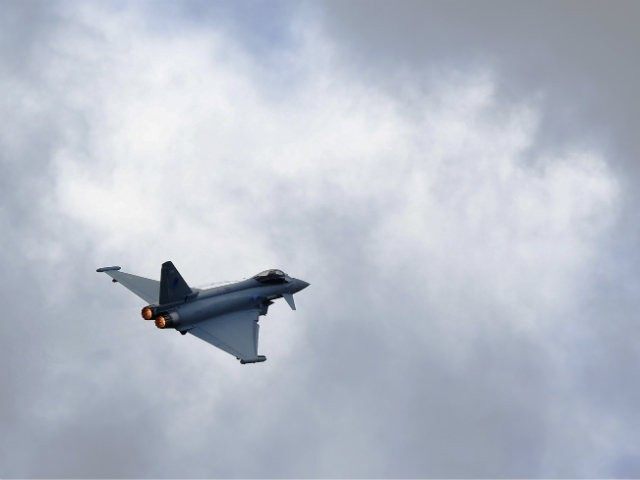Coming defence cuts will reduce the number of combat aircraft in the Royal Air Force to the lowest level ever, despite the government looking to expand military deployment to Syria.
Significant cuts to the present fleets of jet fighters and the significantly delayed and over budget delivery of the next generation of jet fighters from the United States will leave British forces with one of the smallest air forces in the developed world by 2019. With the number of fast jet combat aircraft forecast to fall to just 127 airframes, the RAF will be smaller than it ever has been in its history, and significantly smaller than the force at its inception in 1918.
The figure comes from analysis by IHS Jane’s of defence procurement trends and the forthcoming retirement of the first Eurofighter aircraft as newer mark three airframes roll off the production lines. Although the government’s logic that the newer aircraft are more capable means the RAF can get away with having less of them, the Jane’s analysis points out that no aircraft can be in more than one place at a time, and a number of simultaneous conflicts was placing a heavy burden on the available squadrons.
While simultaneously flying air missions in Afghanistan, Iraq, and North Africa, the government was forced to cancel the scrapping of parts of the Tornado force, and to reconstitute 12 bomber squadron less than nine months after it was disbanded. Although some combat theatres have now closed, the RAF is back over Iraq and will “no doubt soon” be flying combat missions in Syria. The RAF also maintains a significant presence with NATO in the Baltic and North Sea, offering resistance to an increasingly belligerent Russia. As Jane’s analysis records, these are threats that are not likely to diminish over the next decade, even as Britain’s ability to fight them does:
“With at least one of these threats only recently having been described by the UK prime minister, David Cameron, as “generational”, and the other not likely to be resolved anytime soon, the further loss of UK airpower at such a precarious time as this seems somewhat perverse.”
Given the original order for American-built F-35 Raptor fighter-bombers is likely to diminish from 138 to 48, the bare minimum to operate the air component for Britain’s two new aircraft carriers, the government may be again forced to ‘u-turn’ on defence cuts and to extend the life of aircraft planned for retirement. Although the first Eurofighter Typhoons are scheduled for scrap by 2019, Jane’s points out they remain “highly potent” air-to-air fighters which could be kept in service for air superiority roles in Northern Europe, releasing the latest models for service in the Middle East. Scrapping them so early after spending considerable amounts of money on upgrades could also be considered an inefficient use of public money.
As the Daily Telegraph reports, there is support in defence circles for the retention of the early Eurofighters, having only been introduced in 2007 as even in 2019 they will still be comparatively new planes. The paper reports one ‘senior officer’ who said at retirement “there will still be a lot of life in them”. The same could be said of the last GR4 Tornado fighter bombers – though now a comparatively dated design, the latest models were built and released into service as late as 2003, making them only 16-years-old at retirement.
Follow Oliver Lane on Twitter: Follow @Oliver_Lane or e-mail to: olane@breitbart.com

COMMENTS
Please let us know if you're having issues with commenting.